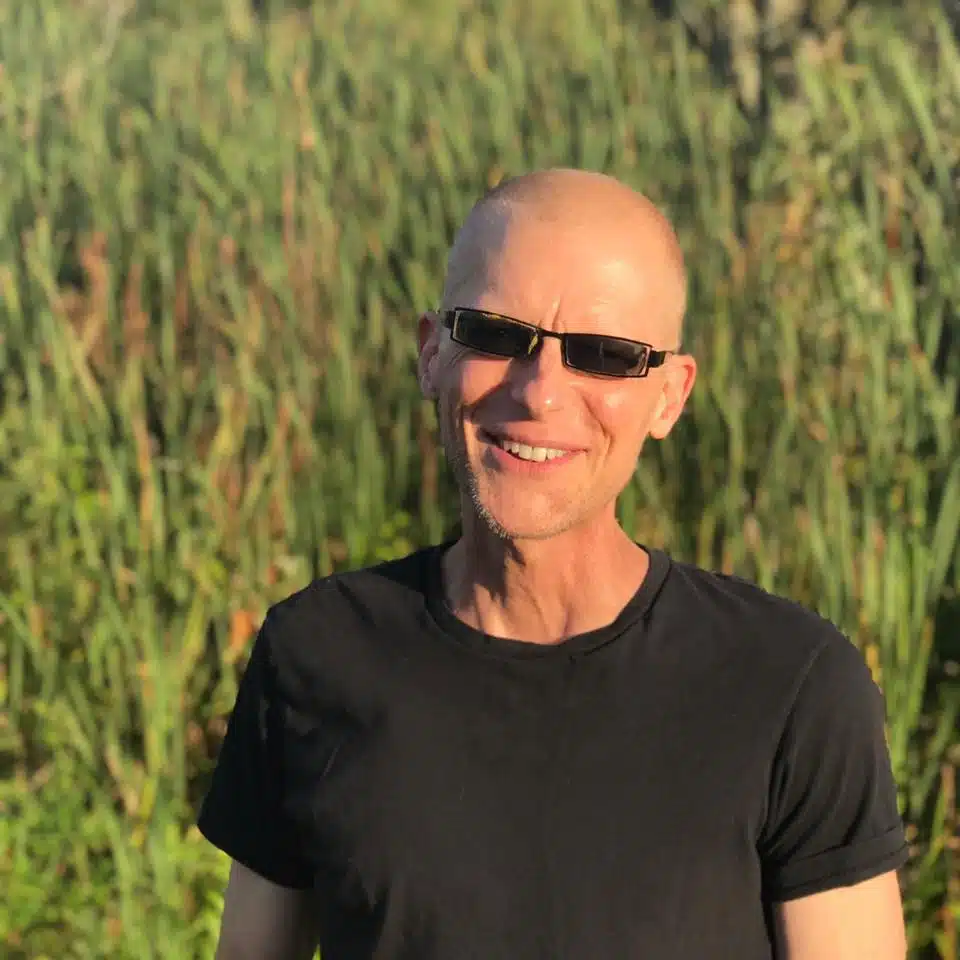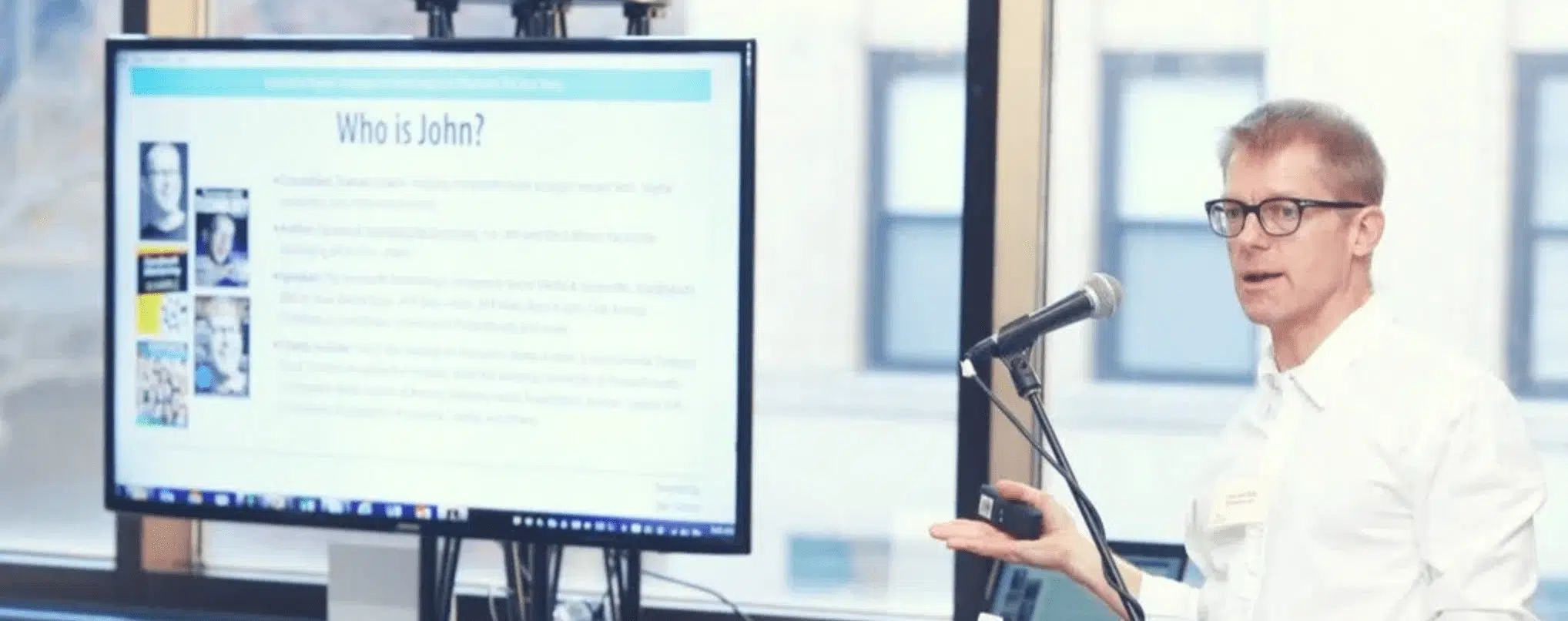Remembering John Haydon


Full Platform Overview Chat With Us



Full Platform Overview Chat With Us





In the documentary Walk With Me, Buddhist Thich Nhat Hanh is asked by a young girl how she can get over the sadness of the death of her dog.
After contemplating the question for a moment, he suggests that she think of a cloud.
“Suppose you look into the sky and you see a beautiful cloud. And you like the cloud so much, and suddenly the cloud is no longer there. And you think that the cloud has passed away. Where is my beloved cloud now? So if you have time to reflect, to look, you see that the cloud has not died, has not passed away. The cloud has become the rain. And when you look at the rain, you see your cloud. And when you drink your tea, mindfully, you can see the rain in the tea. Your cloud in your tea.”
John Haydon passed away over the weekend. A talented musician, doting father, loving partner, sharp dresser and almost frighteningly-prolific creator, John impacted thousands of fundraisers through his advice and trainings.
His passing is an immense loss to the nonprofit sector.
Often time, nonprofit professionals have no choice but to cobble together disparate tactics and best practices from multiple industries and disciplines in order to create a comprehensive, multi-channel fundraising campaign. You could get advice on how to boost Facebook posts, set up an email drip sequence, or optimize a landing page for form completions from almost anywhere, but John was arguably the best at contextualizing a vast array of digital strategies for nonprofits, specifically. What made him particularly effective was that he had an underlying knowledge of what made fundraising work. He understood donor motivation, psychology, and behavior.
“Is thanking donors obligatory, something that must follow giving? The real power of thanking donors is realized when the goal of thanking is forward-looking, focused on developing and deepening donor loyalty. Thanking is not about the past, it’s about the future.” — John Haydon
At the height of his productivity, John was writing blog posts and books, distributing newsletters, producing webinars, speaking at conferences, and broadcasting live on social media. Even while undergoing treatment for his cancer, he still found a way to work on a final book.
Like so many professional relationships these days, I first met John online. But though they were far outnumbered by the online interactions, the offline interactions were natural, effortless, effervescent even. It seems like a cliché to describe a practicing Buddhist as kind, inviting and considerate. But that was John. It’s why you’ll see so many tributes to and memories of him over the coming days.
I used to think that the Buddhist perspective rendered death into something of a trivial concept. After all, dying in the 21st century age means leaving behind digital artifacts, indexed and searchable.
But what I learned in getting to know John, specifically over the last couple years, is that perspective manifests in how one prepares for the inevitability of death, in a manner that is anything but trivial.
After receiving his diagnosis, John started a Facebook group named “Watch John Beat Cancer.” In the preface to his forthcoming book, he described it as “…a way for me to put a specific and wildly positive intention out into the universe (“Watch me!”) with the love and support of my friends. I knew I could beat cancer if I had friends cheering me on, sharing their cancer stories, or sharing a GIF just when I needed it most. But the best part is seeing people make new friends through this group.”
Even in creating something ostensibly for himself, it became his final gift: to bring people together. And in doing so, he taught us all something about mindfulness and bravery. We got to watch someone beat cancer.
So goodbye, for now, John — and thanks for being the cloud in our tea.


Comments
Laura Townsend
Jeanne Allen
Heather Mansfield
Andrea Hopkins
Ian Adair
Caroline Avakian
Joe Waters
Richard Freedlund
Jessica Hall
Mark Sutton
Elizabeth F Quilter, CFRE
Diane Leonard
Mary Cahalane
Jay Love